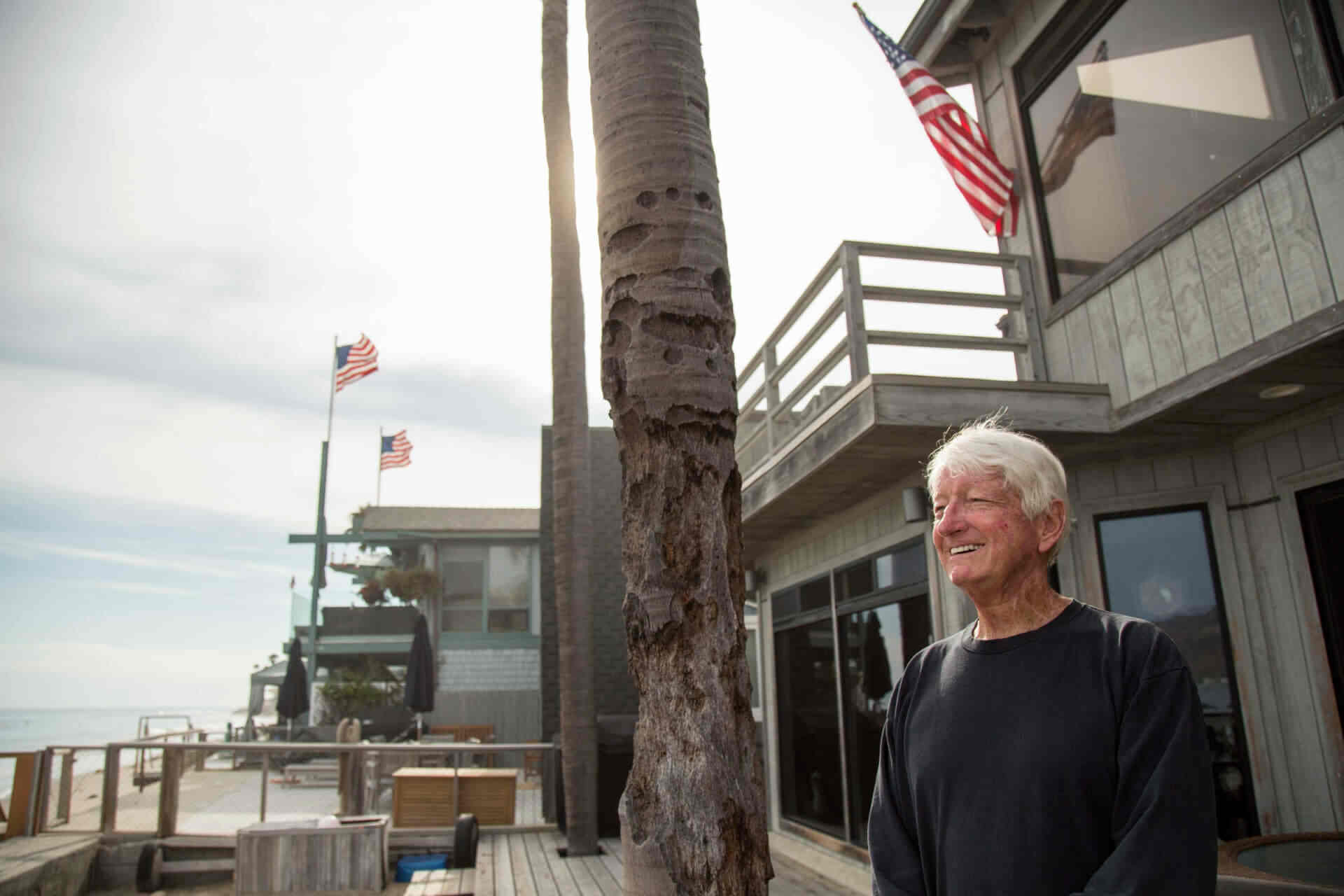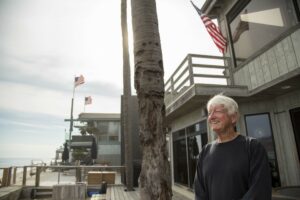In 1982, Marilyn and Patrick Nollan wanted to convert their one-story beach bungalow into a modest two-story home. The house had been the Nollans’ part-time beach house, but they loved the serene beach views of the Pacific Ocean so much that they decided to add a second story on the house and make it their permanent family home.
To begin their construction process, the Nollans applied for all the necessary permits and permissions. Little did they know that this would begin their years-long battle with one of California’s most powerful bureaucratic agencies.
The California Coastal Commission, the agency tasked with overseeing the state’s coastline, agreed to grant the Nollans’ building permit—but only if the Nollans consented to give away one-third of their property to the state (called an “exaction”). The California Coastal Commission said the Nollans’ expanded home would create a “psychological barrier” to the ocean for passing motorists by partially blocking their view of the water. By the California Coastal Commission’s logic, California drivers forget they’re by the ocean if they’re not constantly looking at it. To alleviate the psychological barrier, the California Coastal Commission said the Nollans needed to give the state part of their private beach for public access.
Patrick Nollan was an attorney and knew the California Coastal Commission had an unbeaten track record in the courts, which made fighting their demands a futile effort. So the Nollans signed the permit agreement to give up part of their land in exchange for being allowed to build.
Still, the California Coastal Commission’s demands stuck in Patrick’s craw. And then, only after submitting the signed permit agreement, Patrick came across an appellate decision detailing a case the California Coastal Commission actually lost in court. So he thought: If they lost once, they could lose again. Patrick called PLF (the law firm that won that appellate case) and asked if they’d take his case. PLF attorneys were interested, but because he’d already signed the permit agreement with the California Coastal Commission, there was nothing they could do. If he hadn’t signed, the attorneys explained, they could sue, but now he was out of luck.
So Patrick took matters into his own hands. He went to the California Coastal Commission’s office and told the secretary he messed up his permit application. She handed him the unprocessed application, he took it, walked outside, and ripped it to shreds. And since this was in the 1980s, records weren’t computerized, so destroying that paper application meant it no longer existed. The slate was clean. Then Patrick called back PLF and said, “OK, I just ripped up my permit application. Will you take my case now?”
Represented by PLF, the Nollans filed their lawsuit Nollan v. California Coastal Commission challenging the California Coastal Commission’s property exactions as unlawful takings of property without just compensation. They won in trial court but lost in appellate court, and the California Supreme Court declined to take the case, so in 1987, Nollan v. California Coastal Commission went before the United States Supreme Court and the Nollans finally were vindicated. The Court struck down the California Coastal Commission’s demands for land as unconstitutional and an “out-and-out plan of extortion.”
Justice Anton Scalia’s majority ruling in Nollan v. California Coastal Commission held that compelling a property taking for a public purpose is legal only if it has a direct connection to some harm caused by the development project, and that no such connection existed in the Nollans’ case.
Nollan v. California Coastal Commission’s majority opinion concluded by saying that if California “wants an easement across the Nollans’ property, it must pay for it.”
Nollan v. California Coastal Commission marked PLF’s first Supreme Court win and was a great victory for Patrick and Marilyn and property owners across the country. It established the “essential nexus test” used in unconstitutional conditions analyses. That is, from that date forward, all permit conditions imposed on land development must be related to actual harms caused by the development.
The impact was swift and lasting. The California Coastal Commission’s rule was struck down in California and new favorable law was created in an additional 29 states. And between law review articles and court decisions, the Nollan v. California Coastal Commission victory has been cited over 9,000 times and is taught in every law school curriculum on property rights.
What’s At Stake?
- Government cannot force people to acquiesce to ridiculous demands in exchange for simple development permits.
- If government wants to take someone’s private property in exchange for a permit, there must be a direct link between the development and a specific harm it would cause.
Case Timeline
FOR MEDIA INQUIRES:
Attorneys
No assigned attorney at the moment




















